List of Authors
>>About this blog
Recent blog post
|
[CAM]
October 12, 2017 16:00
The Nihon Keizai Shimbun's regional economic aspect (Tokyo) on October 11, 2017 reported the establishment of "Nihonbashi Information" (Tourist Information Center) as an example of the establishment of a system for accepting foreign tourists in Chuo-ku. . In addition, Chuo-ku plans to increase the attractiveness of Tokyo's leading sightseeing spots, such as adding information signs in foreign languages so that you can enjoy walking around the city with peace of mind, and enhancing the Internet environment. It has been stated. According to the article, 48% of visitors to Tokyo visit Ginza and 37% visit Nihonbashi (including around Tokyo Station and Marunouchi) (Tokyo 2016 survey).
It means "addition of information signs in foreign languages", but in the case of foreign language notation, I think that it is necessary to have an English part that shows the contents, not just Romanization of Japanese. At present, there are signs that are limited to Romanization only. For example, you should not only display "Amazakeyokocho", but also add "Alley", "Street", etc. Foreigners who cannot understand Japanese simply by Romanization of place names do not understand the "contents" at all.
This English notation of the place name is important, and when I moved alone in Russia and other Russian areas, I couldn't even pronounce the street display of the city, so I was lost and could send it to the promised time Even if I could not contact my current location, and I had a problem (at that time, I was not in a situation where I could use my mobile phone overseas). It was my experience in Moscow, but I was dropped off on the way by a taxi I picked up in the city, I could hardly speak English in the city, and with the help of a young man who caught me, he told me that you were a brave man. It was about 10 years after the collapse of the Soviet Union, and I was reminded that general taxis in Moscow were notorious, and even a little expensive, they were told that they should not ride anything other than the taxi they applied for at the hotel.
Also, during the preliminary survey of the "October 8 Welcome Central Inbound Tour", when I walked around Ningyocho, I was dissatisfied that a considerable number of explanation versions in the city did not include English explanations only in Japanese explanations . I think that I was able to confirm only the English explanation of two Karakuri dolls, except for the signboards set up by the ward's Board of Education.
Nihonbashi Information
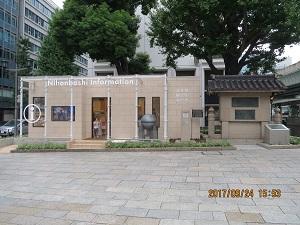
[Nyan,]
September 29, 2017 09:00
Chuo-ku has an area of about 10.1 square kilometers, which is called "a town full of charm that shines even if it is small."
Ota-ku, the largest of the 23 wards of Tokyo, is about 60.4 square kilometers, Setagaya-ku, the second place is about 58 square kilometers, and Adachi-ku, the third place is about 53.2 square kilometers, and the average of the 23 wards is about 26.9 square kilometers. Even in comparison, Chuo-ku is certainly small. (It is said that it is the 22nd smallest after Taito Ward. Is it me who think it would have been the smallest one to come here?)
It is often said that Tokyo Dome is ○ in comparison of size, but what happens when you compare this with Chuo-ku? The area of Tokyo Dome is 46,755 square meters, including the building area. In other words, Chuo-ku is equivalent to about 216 Tokyo Dome.
By the way, the largest municipality is Takayama City, Gifu Prefecture, with a size of 2,177 square kilometers. This is about 216 pieces from Chuo-ku. Tokyo Dome x 216 = Chuo-ku x 216 = Takayama City, Gifu Prefecture. It's just a coincidence, but it's a bit interesting.
Don't worry. Various festivals and sponsorship events will be held in Chuo-ku as October approaches when autumn is coming soon.
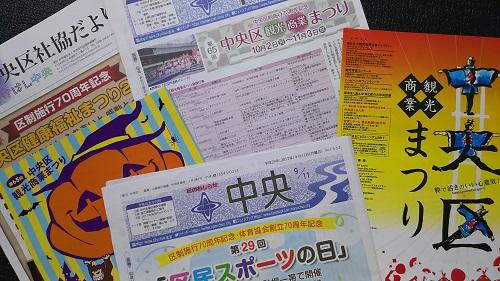
https://www.city.chuo.lg.jp/event/matsuri/calendar/calendar201710.html
https://www.city.chuo.lg.jp/event/matsuri/kankousyougyoumaturi.html
One of the things that surprised me to live in Chuo-ku is that there are many festivals and events anyway, for me who moved to several municipalities due to moving or relocating. For example, when I was a child who lived in Saitama, when I was a child, I only remember the summer festival at the end of July, so it's surprising that there are so many festivals with stalls.
I lived in Osaka City, the home of the Tenjin Festival, one of Japan's three major festivals, but there were not many festival events as one ward.
If you have a lot of effort or access to such an environment, I would like to go out every day and enjoy it to the fullest!
・・・ ・ While there are various indicators, if you say "the number of festivals per unit area", I think Chuo-ku is the best in Japan in local governments, but what about?
[O'age]
August 28, 2017 14:00
Many people know that there is an inconspicuous post near Kyobashi of the "Ginza Birthplace" monument. I think they are taking care of the beauty of the city.
On the east side sidewalk of Chuo-dori, Ginza 2-chome
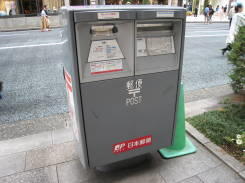 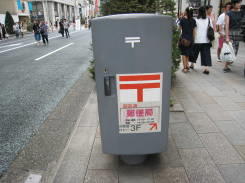
By the way, in Namiki-dori St., etc., it is an inconspicuous post with dark green. I don't think I've seen it in other parts of Tokyo.
Ginza 5-chome on the east side sidewalk of Namiki-dori St.
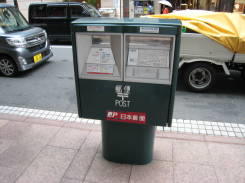 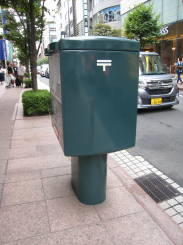
On the south side sidewalk of Miyuki Street, Ginza 6-chome
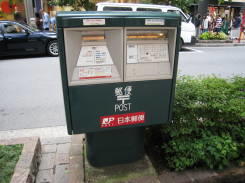 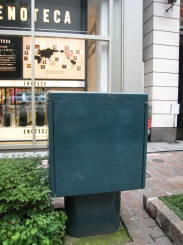
Ginza 7-chome, west sidewalk of Namiki-dori St.
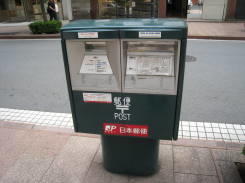 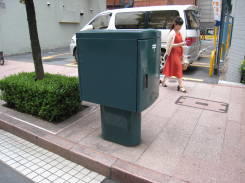
The west sidewalk of Namiki-dori St., Ginza 8-chome
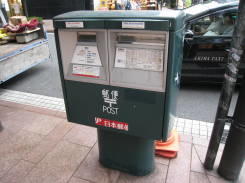 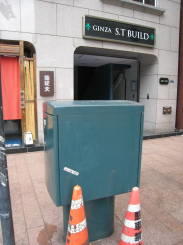
Also, the small post offices in the Ginza area are not on the first floor of a rental building, but on the second floor or above, so this is also a characteristic of the expensive commercial area called Ginza.
[Kra-san]
July 31, 2017 14:00
On July 29 (Saturday), this year, at the Chuo-ku Sports Center, the "13th Iaidokai International Convention" hosted by the largest Iaidokai in Japan, crossing the old Iaido sect, which is an old Iaido, was held. it was done. Swordsmen from all over the world and from all over the country, regardless of the school, including the non-out style, gathered and a large number of participants competed for the results of their daily practice.
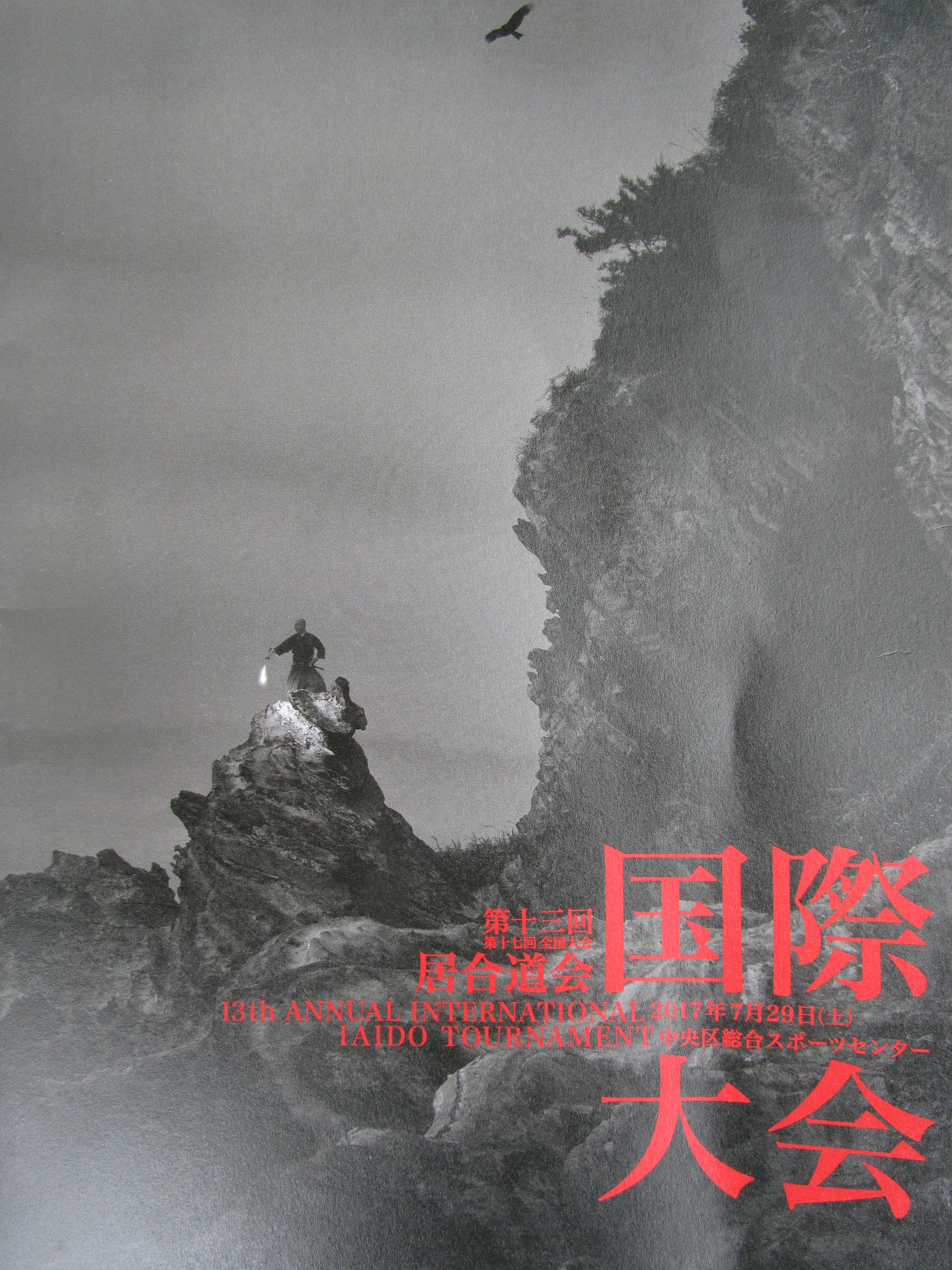 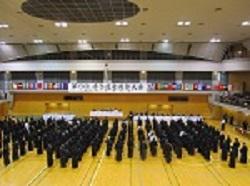
The entrance ceremony of all the players began with the sound of the drums, and it was said that there were 350 participants, including from overseas. After greetings from the chairman and guests, the venue was filled with solemn and dignified air, and four sets of model demonstrations were performed first.
  
Subsequently, the competition began, and the general section, junior and senior high school section, and elementary school section were competed for each section. The finals were held in the afternoon, and great applause and cheers were sent during the fierce battle.
  
  
The tournament, where fierce battles were held from qualifying to the finals, advanced to the award ceremony, and the winners, runner-up, and third place awards for each category, and the three top performers were given the Minister of Education, Culture, Sports, Science and Technology Prize, the Governor of Tokyo Award, The trophy was awarded to each of the Mayor's Award.
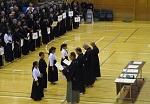 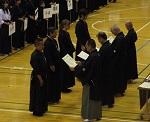 
It was my first time watching the game, but it was a day when I was able to see the "Iaido" that I learned through daily training in the sound of serious "view" and sharp movements.
[HK]
June 27, 2017 14:00
On June 17 (Saturday), an English guide cruise for foreigners was held by the NPO Mizuto Tokyo Creation Association.
On Saturday, June 17th, "Tokyo River Special Cruise" was held for non-Japanese guests organized by NPO Suito Tokyo wo Tsukurukai.
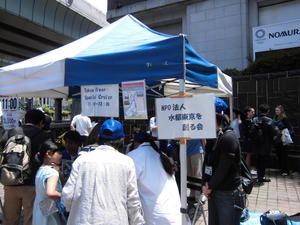
We board from Nihonbashi, head to the Sumida River, and from Kiyosumi Bridge, look at the sky tree towering like candles to the Harumi Canal.
Guests boarded from Nihonbashi Wharf, headed for Sumida River, observed Kiyosumibashi and Tokyo Skytree which looked like candle standing from candle stand, and went into Harumi Canal.
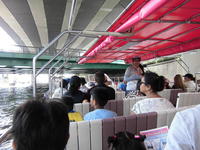 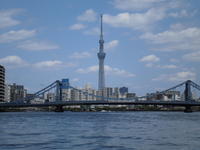
After that, we went out to Tokyo Bay, looked at Harumi Wharf and Rainbow Bridge, flowed up Hamarikyu and Tsukiji Market to the left, and returned from the Kamejima River to Nihonbashi.
From Harumi Canal, the boat went out to Tokyo Bay seeing Harumi Pier and facing Rainbow Bridge, turned back to see Hmarikyu Garden and Tsukiji Fish Market on the left and sailed through Kamejima River to return for Nihonbashi.
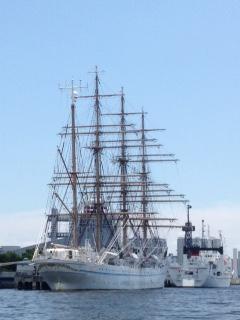
All foreign customers were delighted, and the cruise ended successfully.
Every guest enjoyed this fabulous cruise and the event ended successfully.
[Shubo's Ten Hands]
April 21, 2017 12:00
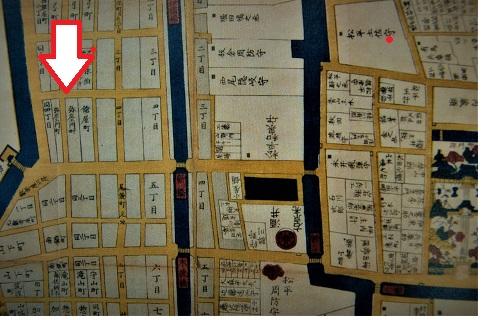
 This is a map issued in 1861 (1861). There is Hodo Inari Shrine in this area since the Edo period. This is a map issued in 1861 (1861). There is Hodo Inari Shrine in this area since the Edo period.
You can see Yazaemon-cho in the place of the arrow. It's around the current Namiki-dori St. It is a shrine that was enshrined in Edo Castle to protect the growth of the successor of the Shogun family during the Edo period when the Inari religion was thriving. It is said that Yazaemon, the guardian of the temple, was built in response to the deity of divine spirit.
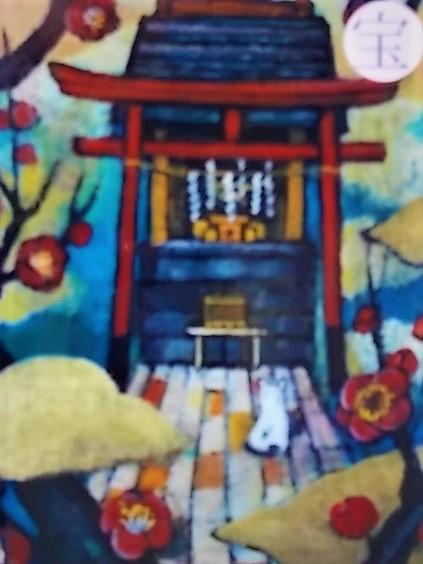
In addition, Yazaemon placed his residence here and served as a talisman for Inari throughout his life. Therefore, it came to be called Yazaemon-cho.
Hodo Inari Shrine is  still gaining a strong religion as a shrine that gives good luck in prayer for child treasures and thriving business. still gaining a strong religion as a shrine that gives good luck in prayer for child treasures and thriving business.
 Why don't you visit the shop in Ginza? Why don't you visit the shop in Ginza?

It's Hodo Inari Shrine.
The file Omikuji is elaborate. It's a souvenir.
Of course, it can be used as a file.
It's a very hard-to-understand place.
Turn left  at Harumi-dori St. toward Tsukiji, turn left at the Ginza Tensho Domae angel and turn left at about 50 meters. at Harumi-dori St. toward Tsukiji, turn left at the Ginza Tensho Domae angel and turn left at about 50 meters.
|
Links
|




















